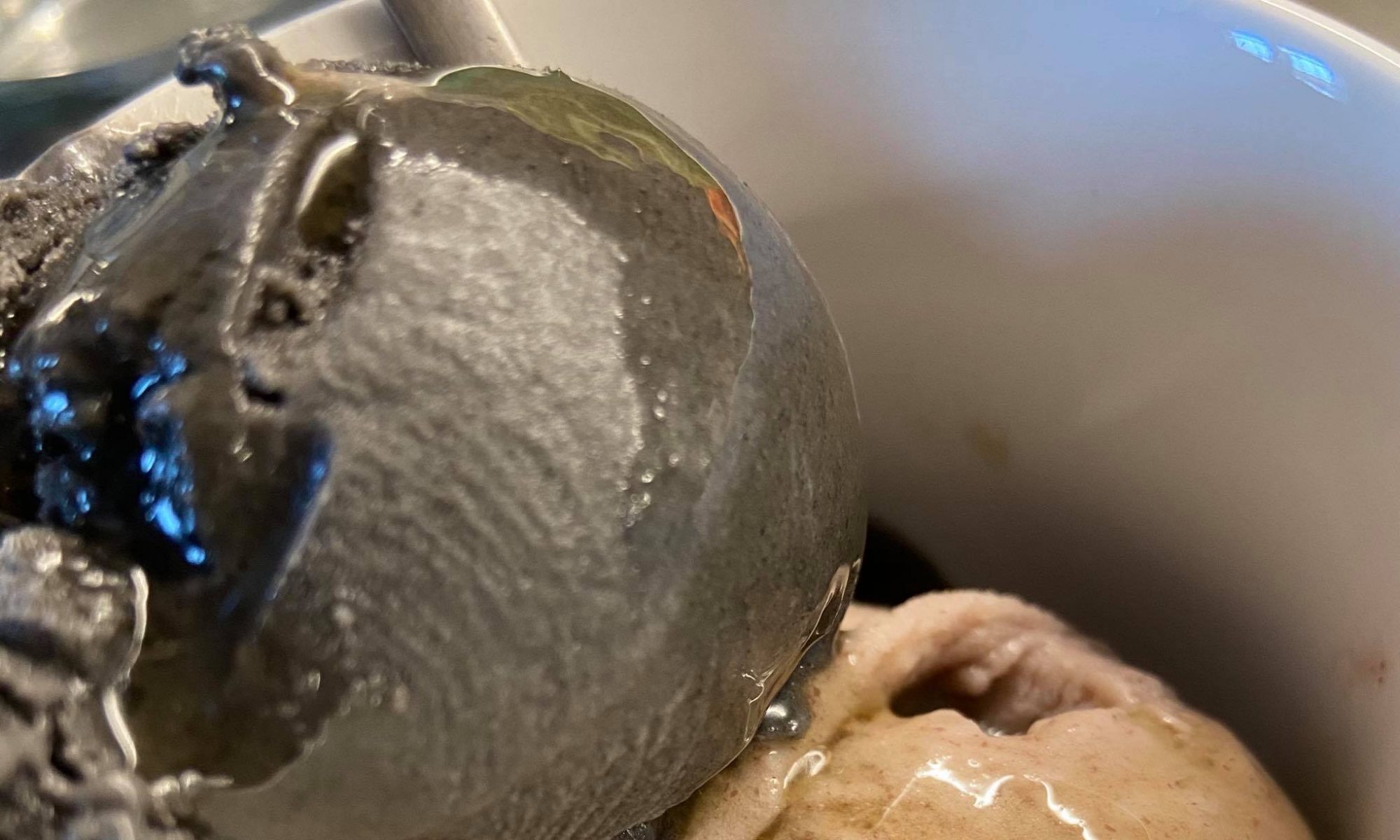The course stems from my knowledge of chemistry combined with a passion for cooking and aims to stimulate creativity in the kitchen through greater understanding and a systematic approach to culinary matters.
The idea for the course came when I adopted a plant-based diet and found myself revolutionizing my cooking approach, until then based largely on animal derivatives.
Understanding which oil is best for frying; why we need to let a roast (or seitan!) rest; which starch to choose for different preparations; why it is possible to turn the hob off to cook pasta; what role tomatoes and dried mushrooms play in a preparation, why bread becomes stale … The answers are found in the knowledge of the ingredients.
The course starts from theoretical bases and moves into the practical aspect, providing useful knowledge not only to those who want to deal with “free-from” cooking, but to anyone interested in a better understanding of what happens when cooking.
The course is online (Zoom platform) but is run synchronously, not pre-registered. I strongly believe in direct interaction, which allows for exchange, discussion, mutual enrichment through questions and doubts.
Three lessons (about three hours each):
– The chemical-physical structure of macro-foods and fibers: not only the nutritional aspect of proteins, fats, and carbohydrates but structure and properties. Amino acids, fatty acids, sugars have completely different structures and it is from their diversity that the properties of the complex molecules that make up our food stem.
– The cooking behavior of macro-foods and their organoleptic properties: knowing their characteristics allows us to transform – for example – a mayonnaise or a traditional short crust pastry into their plant-based equivalents; a deeper knowledge of the structure of foods allows us to understand how to replace butter in a plant-based preparation, which starch is best suited to thicken a cream, and much more. You will understand the effect of acid in the preparation of meringues, how to keep the color of an aromatic herb alive, why baking soda is more useful than sugar in the preparation of tomato sauce, the use of fibers beyond nutritional aspects.
– In the last part of the course we go through concrete and practical examples of culinary preparations, as well as seeing how to replace ingredients of animal origin with plant-based ones yet maintaining the organoleptic experience to which a culinary tradition based on meat, eggs and dairy products has accustomed us. We will understand how a gluten-free dough can be prepared and how, instead, gluten can be used it to replace meat. We will also see how to and prepare some basic ingredients of plant-based cuisine and why it can be a good idea to take the time to do that.
Finally, we know how the four basic tastes allow us to create appetizing dishes but the knowledge of the “fifth taste”, the flavor or umami, is not easily replicable in plant-based preparations. The breakdown of this flavor into its fundamental elements allows us to “reconstruct” it and therefore to replicate, even if not completely, this fundamental organoleptic component.
We will also talk about oleogustus, and its important evolutionary role.
The course is of obvious interest to those who are thinking about transitioning to a plant-based diet, but any cook will be stimulated in their creativity and become more confident in being able to meet any need.
Explanations are technical and detailed but do not require prior knowledge of chemical science, so everyone should be able to enjoy the course (also, you can interrupt me any time if something is not clear!).
Due to time zone differences, it is difficult to set fixed dates/times so the course will be generally run on a one-to-one basis at a cost of 180 Eur/195 USD. If a group of 2+ people is formed, the cost is 150 Eur /165 USD per person. I issue a regular tax-deductible (if applicable) invoice.
